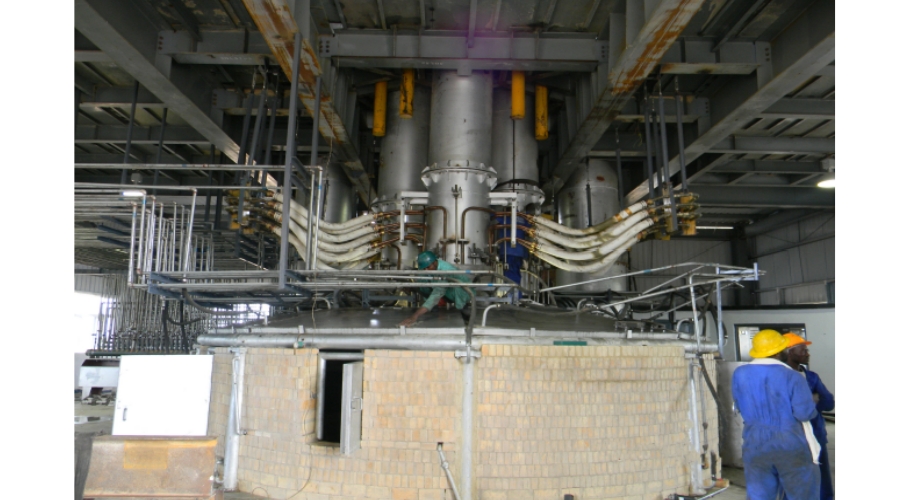Silicon manganese ore furnaces play a crucial role in the production of silicon manganese alloy, a key component in the steelmaking process. These furnaces are designed to efficiently melt and refine the raw materials into a high-quality alloy that meets industry standards. In this article, we will explore the workings of silicon manganese ore furnaces and their importance in the steel industry.
Silicon manganese ore furnaces are classified as electric arc furnaces (EAFs), which utilize electricity as the primary source of heat. The furnace consists of a refractory-lined vessel where the raw materials, including manganese ore, silicon, and iron, are loaded. An electric arc is created between three carbon electrodes and the charge materials, generating intense heat that melts the raw materials.
The first step in the process is the loading of the raw materials into the furnace. Manganese ore, which contains high levels of manganese and iron, is a crucial component in the alloy production. Silicon, on the other hand, is added to improve the strength and hardness of the alloy. The ratio of silicon and manganese can vary depending on the desired properties of the alloy.
Once the raw materials are loaded into the furnace, the electric arc is ignited, and the temperature inside the furnace quickly rises to around 2000 degrees Celsius. At this temperature, the raw materials start to melt, and the chemical reactions necessary for the alloy formation take place.
During the melting process, impurities in the raw materials, such as sulfur and phosphorus, are oxidized and removed as slag. This slag, which floats on top of the molten metal, is periodically skimmed off to ensure a high-quality alloy. The molten metal, containing the desired composition of manganese, silicon, and iron, is then tapped from the furnace and transferred to a ladle for further processing.
The efficiency of silicon manganese ore furnaces is determined by various factors, including the power input, furnace design, and raw material quality. Higher power input results in faster melting and higher productivity. Furnace design, particularly the shape and size of the vessel, influences the heat distribution and the ability to remove impurities effectively.
Raw material quality is also crucial in achieving a high-quality alloy. Manganese ore with a high manganese content and low impurities ensures a more efficient melting process and a purer alloy. Similarly, silicon of high purity contributes to the desired properties of the alloy.
Silicon manganese alloy has numerous applications in the steel industry. It is primarily used as a deoxidizer and desulfurizer in the production of steel, improving its mechanical properties and ensuring a cleaner final product. Additionally, silicon manganese alloy enhances the strength and hardenability of steel, making it suitable for various construction and engineering applications.
The demand for silicon manganese alloy has been steadily increasing due to the growing steel industry worldwide. As a result, silicon manganese ore furnaces have become indispensable in meeting this demand. The efficiency and reliability of these furnaces are critical in ensuring continuous production and maintaining the desired quality of the alloy.
In conclusion, silicon manganese ore furnaces are essential in the production of silicon manganese alloy. These electric arc furnaces efficiently melt and refine the raw materials, resulting in a high-quality alloy that meets industry standards. The furnace design, power input, and raw material quality are key factors in achieving efficient and reliable operations. As the steel industry continues to grow, the demand for silicon manganese alloy will further increase, highlighting the importance of these furnaces in the steelmaking process.

